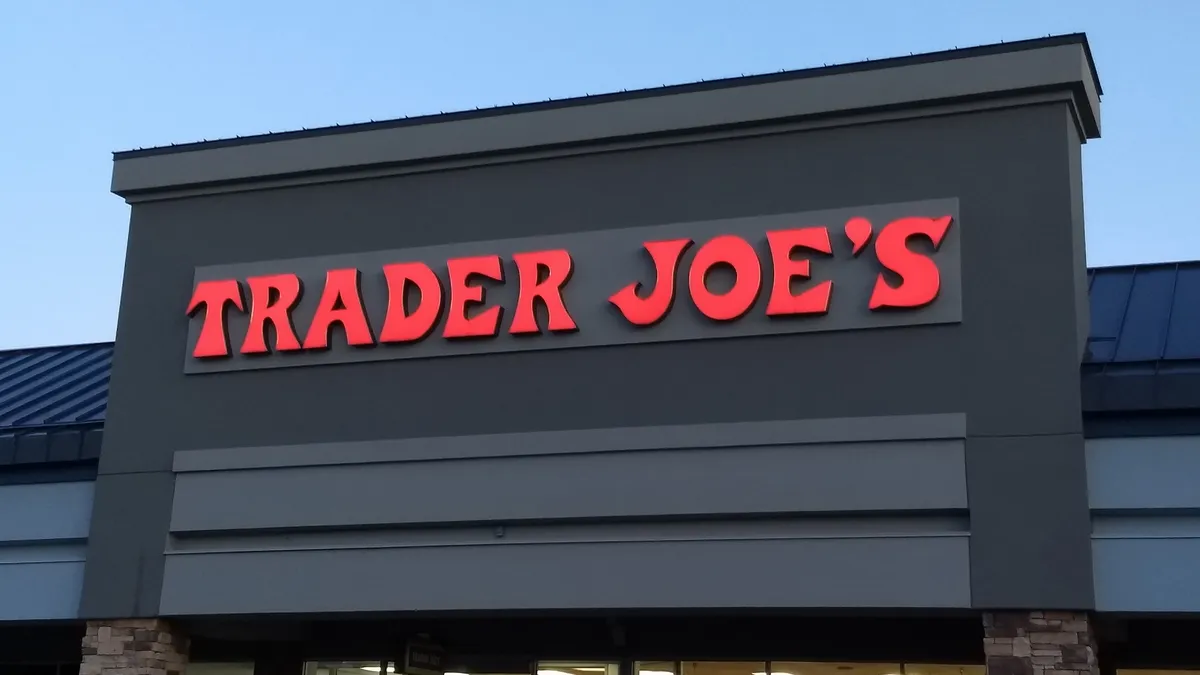Online shopping surged during the pandemic and now accounts for more than $8 billion in monthly sales. Yet Trader Joe’s has stayed the course and avoided tacking on e-commerce shopping methods to its business plan despite the growing demand for pickup and delivery service.
In the most recent episode of its monthly podcast, “Inside Trader Joe’s,” marketing executives with the grocer point to the additional costs that come with offering e-commerce as a major reason why the grocer doesn’t want to invest in it.
“All of those other things that retailers have started doing in the last couple of decades add costs,” said Tara Miller, Trader Joe’s vice president of marketing, and one of the podcast’s hosts.
Matt Sloan, who also works in the company’s marketing department, added, “Over time, a lot of the entities behind these marketplace changes have framed up those changes as moments of disruptions, and the entities themselves as being the disruptors. And what I think they’ve really upset is people’s understanding that there are actual costs from each of those things, and all of that work combined, meaning that free shipping doesn’t really exist.”
Trader Joe’s also believes that e-commerce would disrupt the company’s focus on value and that it would have trouble replicating online the “treasure hunt” in-store shopping experience it has cultivated over so many years.
“That experience would not be the same if you were trying to order something from a website that just showed you the products you already know about,” Miller said.
She continued: “You might not know about that product when you are shopping virtually as opposed to in a physical space, you tend to have blinders on and you see the products you are already looking for.”
Grocers are well aware of the challenges e-commerce poses. Companies have been upfront about the high costs associated with adding fulfillment equipment, additional labor and more, while retailers like Grocery Outlet and Costco have complained that online shopping struggles to capture the unique shopping experience they offer.
Still, the majority of grocers now offer e-commerce, and online grocery sales are on track to grow by around 12% yearly over the next several years.
Trader Joe’s has tested the e-commerce waters in the past. For 10 years, it provided delivery in New York City but discontinued the service in March 2019 and has not rolled it out in new markets since.
The company has used its podcast to explain its stance on e-commerce before the pandemic as well as early on in the health crisis. But this week’s episode was the first time the grocer devoted an episode to outlining its position for shopper listeners.
Trader Joe’s is aware that its prices, small footprint and even limited store space are what create a unique and interactive shopping experience for its customers, the hosts explained in the recent episode.
“Anything different from that, we’re neither set up to do, we’re not really interested in, we won’t be good and, it would only just add cost,” Sloan said.













